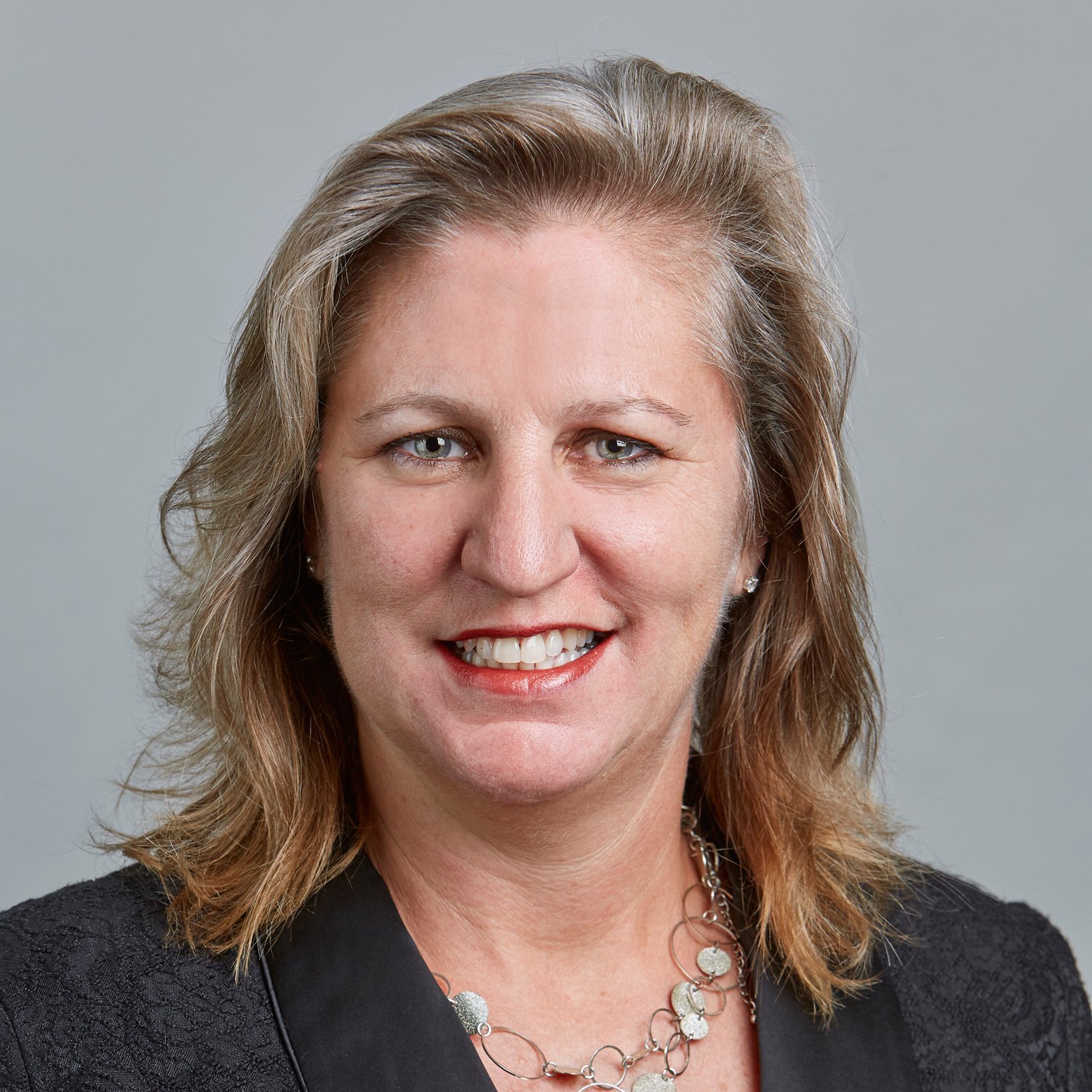Getting to Know Miami's Neighborhoods Through Black History
When people think of Miami, they often think of the beautiful beaches, glamorous hotels, and flashy nightlife scene. But the city also has ties to many important events in black history and some of its neighborhoods are richly entwined, not only with the city’s history but the country’s, too.
Overtown

As the second oldest neighborhood in Miami, Overtown (sometimes referred to as “The Harlem of the South”) has some of the strongest ties to black history. It was once called “Colored Town” during the early 1900s and was home to black workers who built the city’s railroads and hotels. Historically, it was also a thriving arts and cultural community and the center of black wealth in Miami.
Since Miami Beach hotels only allowed white guests during segregation, it was where entertainers, such as Ella Fitzgerald, Louis Armstrong, Billie Holiday, and Nat King Cole, stayed after performing. Entertainers also performed at venues within Overtown, such as the Lyric Theater, Harlem Square Club, the Cotton Club, and more. The neighborhood also hosted famous athletes, like Jackie Robinson, and historic figures, like W.E.B. DuBois.
The neighborhood was not just a destination for entertainers, however, as it was home to many thriving black businesses, including a black-owned hotel, doctors, dentists, and others. Unfortunately, all that changed with the construction of I-95, which split the neighborhood and caused residents to move to other areas, such as Liberty City. As a result, many of the area’s businesses closed, and Overtown fell into deep poverty.
Shortly after Miami got its first black police officers in 1944, the Black Police Precinct and Courthouse were created in Overtown so officers could patrol the neighborhood (they weren’t allowed to patrol white neighborhoods due to segregation). It only stayed open for 13 years, and, in 2009, it was turned into a museum.
Brownsville
One of the most important structures in the city with respect to black history is the Historic Hampton House. During segregation, it was a motel and lounge where some of the most influential entertainers, athletes, and Civil Rights leaders visited, performed, and made history throughout the 1950s, ‘60s, and early ‘70s.
The list of people linked to the house is long and includes Marvin Gaye, Muhammad Ali, Althea Gibson, Dr. Martin Luther King, Jr., Malcolm X, and more. Today, it provides educational, cultural, and historic activities for residents and visitors to Miami.
Miami Gardens
Florida Memorial University is South Florida’s only historically black university and has ties to the Civil Rights movement. Founded in 1879 as the Florida Baptist Institute in Live Oak, Florida, the school fled to Jacksonville due to racial tensions where it became the Florida Baptist Academy. (The school in Live Oak continued to operate.)
In 1896, the two schools were combined to found Florida Normal and Technical Institute and, in 1900, two faculty members wrote the words and music to "Lift Ev'ry Voice and Sing" (known as the “Black National Anthem").
Florida Normal and Industrial Institute moved to St. Augustine in 1918 on land known as "Old Homes Plantation," formerly one of the largest slave plantations in Florida. In 1941, the Live Oak and St. Augustine institutions merged, and the school’s name was changed in 1950 to Florida Normal and Industrial Memorial College.
In 1963, the charter was again amended to change the name to Florida Memorial College. Concerned by race-related violence in the city in relation to the Civil Rights movement and feeling itself unwelcome in St. Augustine, in 1965 the college bought land in Miami and, in 1968, relocated to its present site.
Little Haiti
With the largest Haitian population in the United States, Little Haiti’s roots stretch as far back as 1804 when slaves rebelled against their colonizers and Haiti became an independent republic in defiance of the thriving slave trade around the world.
In the years that followed, Haitian politics were marked by competing regimes and power struggles both in and outside the country. But it wasn’t until the 1950s to 1980s, during the dictatorship rule of “Papa Doc” Duvalier, that Haitians began immigrating to the U.S. in large numbers. During the 1960s, they mainly moved to the Northeast, but in the 1970s, they started relocating to South Florida.
Fisher Island

Only accessible by boat or ferry, Fisher Island has developed a reputation in recent years as the home of celebrities like Oprah and Mel Gibson. But it was once owned by a black real estate developer Dana A. Dorsey, who was South Florida’s first African-American millionaire. The son of former slaves, he moved from South Georgia to Miami in 1896 and worked as a carpenter for the Henry Flagler Florida East Coast Railroad.
He bought land in Overtown, where he built a rental home, and reinvested the money he earned from that home in other rentals properties as far north as Fort Lauderdale. He was also the owner of the city’s first black-owned hotel, Dorsey Hotel, and the Negro Savings Back.
Coconut Grove

The oldest permanent settlement in Miami-Dade, Coconut Grove drew settlers from the Bahamas by way of Key West. In 1919, it became its own city, but in 1925 it was annexed by the City of Miami. Its history is still evident today, as the neighborhood is considered one of the city’s most culturally rich.

